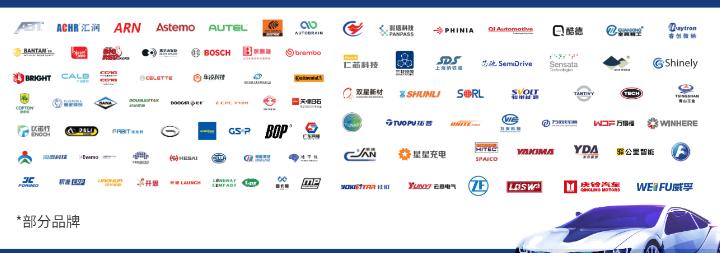In-depth report on tire industry
Tires are a midstream industry, and the main raw material is rubber.
The main raw materials of tires are natural rubber, synthetic rubber, steel cord, carbon black, rubber additives, etc. Tires are located in the middle reaches of the industrial chain and have a long industrial construction cycle. The downstream of the industrial chain is transportation, including passenger cars, commercial vehicles, machinery, engineering, agricultural machinery and other fields. Among them, the automotive field accounts for the highest proportion of tires.
The common classification methods of tires are all-steel tires, semi-steel tires, and bias tires. The main difference between semi-steel and all-steel is that semi-steel means that the tread area uses steel wire as a reinforcing layer, and the carcass is made of nylon or polyester material. The all-steel tread and carcass use steel wires to bear the force. All-steel radial tires are mainly used in load-carrying tires, while semi-steel radial tires are mainly used in car tires and light truck tires. The market share of bias tires is less than 5%.
The global tire market is vast and growing steadily
Tires are a must-have consumer product for car users (cars are optional consumer goods, and the demand for tires is more rigid than cars). The special consumption attributes make the tire industry's prosperity relatively independent of the automobile industry. According to Michelin’s annual report, global tire sales in 2023 will be 1.785 billion units, a year-on-year increase of 2%. The average annual growth rate of global tire consumption from 2008 to 2023 is 2.3%. The global tire market sales in 2022 will be US$190 billion.
Sales volume in both the supporting and replacement markets increased, and the replacement market space became broader.
In 2023, the total sales volume of global passenger car tires will be 1.573 billion units, of which the supporting market and replacement market will achieve 417 million units and 1.156 billion units respectively, accounting for 26.5% and 73.5% respectively; the total sales volume of global commercial vehicle tires in 2023 will be 212 million units. Articles, of which the supporting market and replacement market achieved 47 million and 165 million respectively, accounting for 22.1% and 77.9% respectively.
The rapid growth of new energy vehicles boosts the growth of domestic tire companies
According to data from the China Automobile Association, my country's new energy vehicle sales will be 9.495 million units in 2023, a year-on-year increase of 37.9%, and the market share will reach 31.6%. As of the end of 2023, the number of new energy vehicles nationwide will reach 20.41 million, with a growth rate of 56%, accounting for 6.07% of the total number of vehicles. As the cost advantages of new energy vehicles become more and more obvious, and the global new energy vehicle market continues to strengthen, there is room for the tire matching and replacement market. The influence of internationally renowned tire brands in the field of new energy vehicles is not as strong as that of traditional fuel vehicles, leaving a gap in the market for independent tire brands. The rise of new energy vehicles will bring about a revolution in the tire industry. As the number of new energy vehicles continues to grow, the new energy vehicle tire replacement market is also expected to grow rapidly.
























